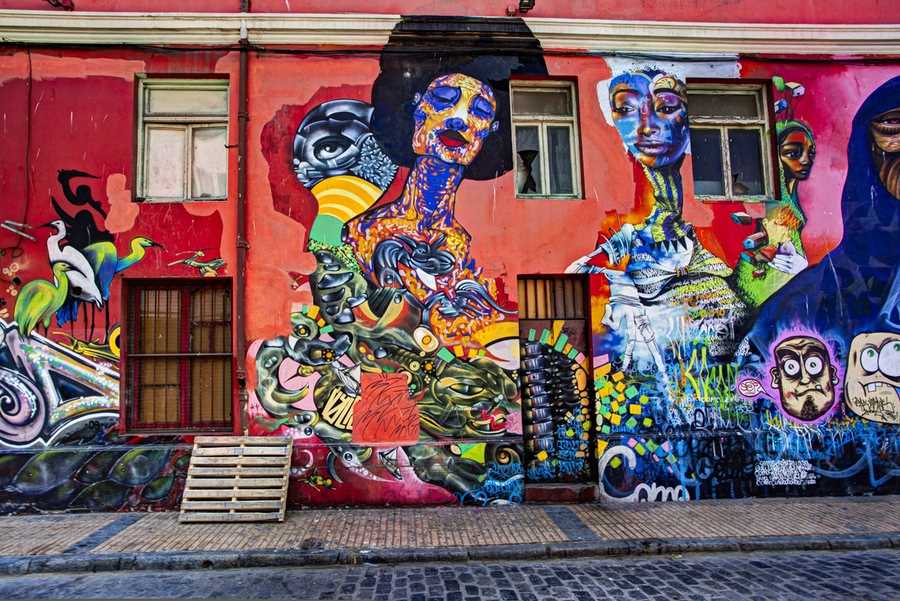
Chile is a country known for its vibrant and diverse culture, and one of the ways this culture is expressed is through street art. Chilean street art has become a powerful form of urban expression, bringing color, life, and stories to the walls of cities across the country. From small towns to sprawling metropolises, the streets of Chile have become a canvas for artists to showcase their talent and share their message with the world.
This form of art has deep roots in Chilean history, dating back to the revolutionary movements of the 1960s and 1970s. During this time, street art became a way for activists to communicate their political and social messages to the public, often in opposition to the ruling regime. Walls and buildings were covered in powerful murals, depicting the struggles and aspirations of the Chilean people.
Today, Chilean street art has evolved into a vibrant and diverse movement, encompassing a wide range of styles and themes. Artists use a variety of techniques, from traditional mural painting to stenciling and graffiti, to create their works. Their art explores a wide range of topics, from political and social issues to cultural heritage and personal narratives.
Chilean street art is not just about aesthetics; it is a reflection of the country’s identity and its people’s resilience. It captures the spirit of the Chilean people, their struggles, hopes, and dreams. Through the bold colors and intricate designs, artists tell stories that connect with the local community and serve as a reminder of their shared history.
As you walk through the streets of Chile, take a moment to admire the murals that adorn the walls. Each piece of art is a testament to the power of creativity and the important role that street art plays in shaping and preserving the cultural identity of a nation.
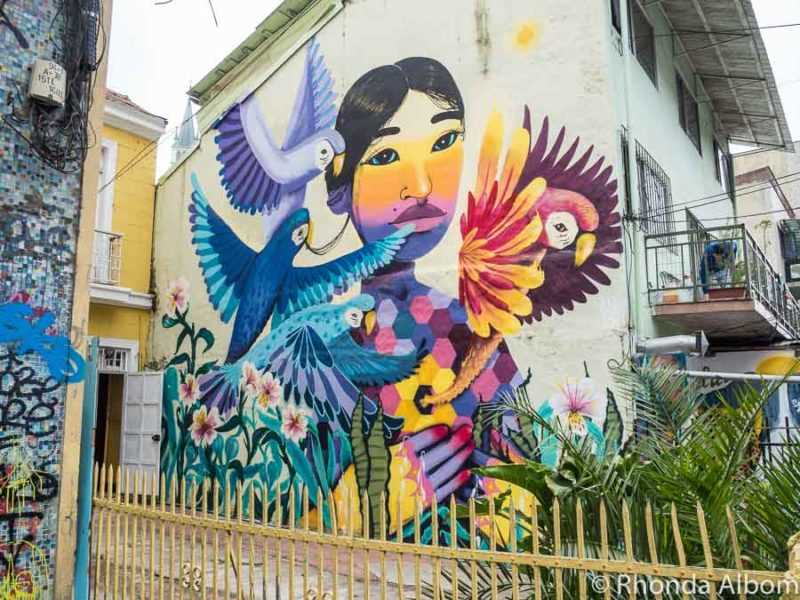
Chilean street art has gone through a remarkable evolution over the years. From its humble beginnings as a form of protest and political expression, it has now become a prominent part of Chilean culture. Street artists in Chile have embraced their art form as a means of showcasing their creativity, preserving their history, and challenging societal norms.
In the early days, Chilean street art was primarily used as a tool of political dissent. During the dictatorship of Augusto Pinochet, artists would use the walls of buildings as canvas to voice their opposition and communicate their messages. The art was often bold and vibrant, symbolizing the resilience of the Chilean people in the face of oppression.
As Chile transitioned into a democratic society, street art started to take on new themes and styles. Artists began to explore a wider range of topics, incorporating elements of Chilean history, indigenous culture, and social issues into their work. The murals became more intricate and detailed, with artists using different techniques and materials to bring their visions to life.
Today, Chilean street art is celebrated for its diversity and artistic innovation. Artists from all over the country flock to cities like Valparaiso and Santiago to showcase their talents. The streets have become a gallery of vibrant colors and thought-provoking images, inviting locals and tourists alike to explore and appreciate the beauty of this unique art form.
| Chilean street art today |
|---|

Chilean street art has evolved into a diverse and vibrant art form, reflecting the cultural richness of the country. Artists use a variety of techniques, including stencil art, graffiti, and mural painting, to create visually stunning pieces. |
Beyond its aesthetic appeal, Chilean street art also serves as a platform for social and political commentary. Artists continue to address pressing issues such as inequality, environmental concerns, and human rights abuses through their work. By turning public spaces into canvases, they spark conversations and challenge societal norms, prompting reflection and dialogue.
The Cultural Significance of Street Art
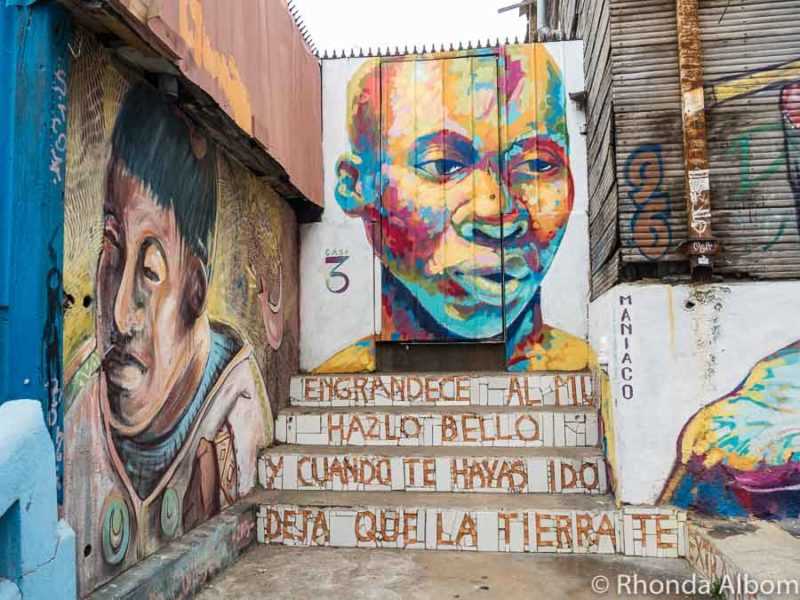
Street art has become an important form of expression that reflects the cultural identity of a community. In Chile, the vibrant and dynamic street art scene has become a way for locals to reclaim their public spaces and assert their cultural heritage.
Through street art, artists are able to convey messages about social, political, and cultural issues that are important to them and their communities. These artworks often serve as a visual representation of local history, traditions, and values, thus becoming an integral part of the cultural fabric.
Preservation of Cultural Heritage
Street art in Chile has played a significant role in preserving the country’s cultural heritage. Many murals depict iconic figures, historical events, and indigenous symbols, serving as a reminder of the nation’s rich history.
By incorporating these elements into their artworks, street artists not only celebrate their cultural identity but also bring attention to the importance of preserving and cherishing their heritage. These murals serve as a visual record of the past, ensuring that the memories and stories of their ancestors are not forgotten.
Fostering a Sense of Community
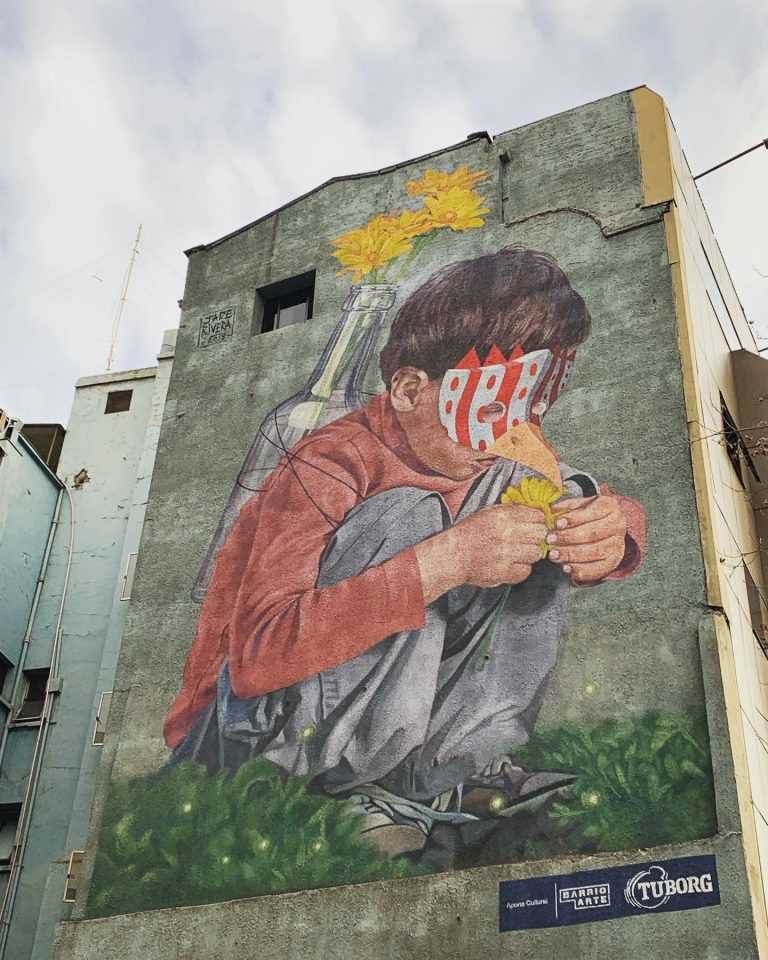
Street art often creates a sense of community and pride among the locals. It encourages people to explore their neighborhoods, engage in conversations, and connect with others who may share similar values and interests.
Public art spaces, like street art murals, become a common ground where people from diverse backgrounds can come together and appreciate the beauty and creativity of these artworks. It fosters a sense of belonging and allows individuals to see themselves represented in their surroundings, reinforcing their cultural identity.
The Techniques and Styles of Chilean Street Art
Chilean street art is known for its diverse range of techniques and styles that showcase the artistic talents of its creators. From large-scale murals to smaller, intricate pieces, Chilean street art is a vibrant and dynamic form of self-expression.
Spray paint: One of the most commonly used techniques in Chilean street art is spray paint. Artists use a variety of spray paint cans to create bold and eye-catching designs. From vibrant colors to intricate details, spray paint allows artists to create large-scale murals that can transform entire walls into works of art.
Stencils: Stencils are another popular technique used by Chilean street artists. By cutting out intricate designs on a stencil, artists can quickly and efficiently create detailed images. Stencils allow for precision and consistency, making it a favored technique for artists who want to replicate their designs multiple times.
Street installations: Some Chilean street artists go beyond traditional mural painting and create three-dimensional installations on the streets. These installations can be made from various materials, such as wood, metal, or recycled objects. Street installations create an interactive and immersive experience for viewers, often incorporating elements of the surrounding environment.
Collage and wheat paste: Collage and wheat paste techniques are widely used in Chilean street art. Artists create collage pieces by assembling different images and materials to create a larger composition. Wheat paste, a mixture of wheat flour and water, is used as an adhesive to stick the collage pieces onto walls or other surfaces. This technique allows artists to create visually striking and thought-provoking pieces.
Realism and surrealism: Chilean street art incorporates a wide range of styles, from realistic portraits and landscapes to surreal and abstract designs. Artists often use these different styles to convey various messages and explore different themes. Realistic pieces showcase the talent and technical skills of the artists, while surreal and abstract designs challenge viewers’ perceptions and provoke deeper thought.
Text and typography: Many Chilean street artists incorporate text and typography into their works. Words and phrases are often used to complement the visual elements of the artwork and convey powerful messages. Typography styles vary from bold, graffiti-inspired lettering to more refined and elegant fonts, adding another layer of expression to the artwork.
These are just a few of the techniques and styles used in Chilean street art. Each artist brings their unique vision and approach to the medium, resulting in a diverse and ever-evolving art scene that reflects the rich cultural heritage and creative spirit of Chile.
Preserving and Promoting Chilean Street Art
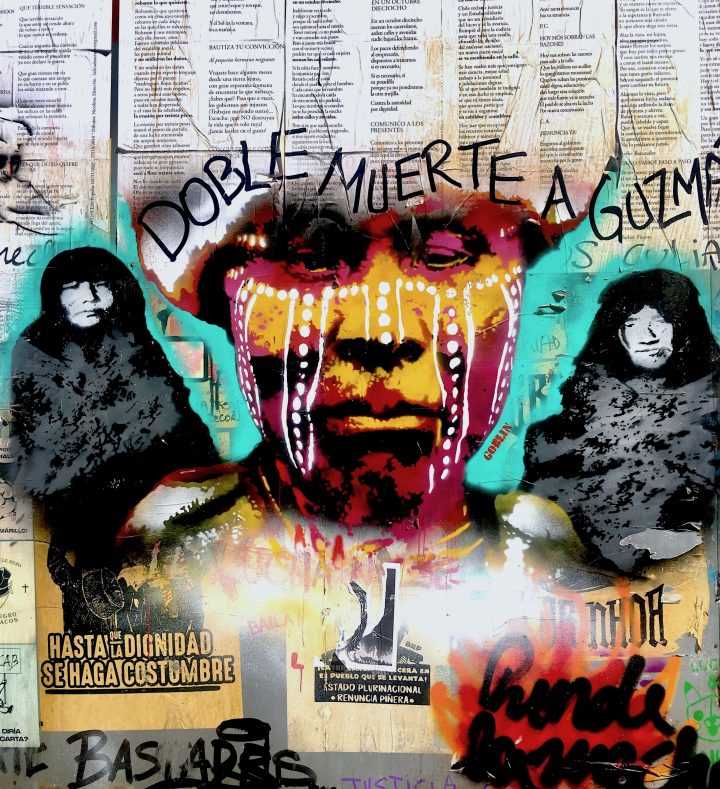
Preservation
Preserving Chilean street art involves finding ways to protect it from damage and deterioration. One of the challenges of street art is that it is often created on public spaces that are subject to vandalism and weather conditions. However, initiatives such as the creation of street art tours and cultural festivals have helped raise awareness about the importance of preserving and respecting these works of art.
Additionally, digital documentation has become a valuable tool in recording and archiving street art. Photographers and organizations document street art and create online archives, ensuring that these artworks are preserved even if they are removed or painted over. This digital preservation allows for wider accessibility and exposure to Chilean street art.
Promotion
Promoting Chilean street art involves creating platforms for artists to showcase their work and gain recognition. Street art festivals and exhibitions provide a space for artists to display their murals and connect with a wider audience. These events also contribute to the development of a supportive community that values street art.
Social media has played a significant role in promoting Chilean street art. Artists and enthusiasts share photos and videos of street art, allowing it to reach a global audience. Hashtags and online campaigns further facilitate the promotion and visibility of Chilean street art.
Education is another key aspect of promoting street art. By including street art in school curricula and organizing workshops, young artists are encouraged to explore their creativity and learn about the cultural significance of street art. This helps instill a sense of pride and ownership in Chilean street art, ensuring its continued growth and development.
Preserving and promoting Chilean street art is a collective effort that requires the support of the government, art organizations, and the public. By recognizing its value and actively protecting and promoting it, Chile can continue to thrive as a hub of vibrant and culturally significant street art.

I am a mural enthusiast and a fervent admirer of street art. Rather than creating murals myself, I am passionate about collecting them. My love for street art knows no bounds. I am dedicated to curating and cherishing these artworks that grace the streets. My collection stands as a testament to my profound appreciation for this form of artistic expression.
read about me



